Abhijit Suresh
Enhancing Talk Moves Analysis in Mathematics Tutoring through Classroom Teaching Discourse
Dec 18, 2024Abstract:Human tutoring interventions play a crucial role in supporting student learning, improving academic performance, and promoting personal growth. This paper focuses on analyzing mathematics tutoring discourse using talk moves - a framework of dialogue acts grounded in Accountable Talk theory. However, scaling the collection, annotation, and analysis of extensive tutoring dialogues to develop machine learning models is a challenging and resource-intensive task. To address this, we present SAGA22, a compact dataset, and explore various modeling strategies, including dialogue context, speaker information, pretraining datasets, and further fine-tuning. By leveraging existing datasets and models designed for classroom teaching, our results demonstrate that supplementary pretraining on classroom data enhances model performance in tutoring settings, particularly when incorporating longer context and speaker information. Additionally, we conduct extensive ablation studies to underscore the challenges in talk move modeling.
Much Easier Said Than Done: Falsifying the Causal Relevance of Linear Decoding Methods
Nov 08, 2022


Abstract:Linear classifier probes are frequently utilized to better understand how neural networks function. Researchers have approached the problem of determining unit importance in neural networks by probing their learned, internal representations. Linear classifier probes identify highly selective units as the most important for network function. Whether or not a network actually relies on high selectivity units can be tested by removing them from the network using ablation. Surprisingly, when highly selective units are ablated they only produce small performance deficits, and even then only in some cases. In spite of the absence of ablation effects for selective neurons, linear decoding methods can be effectively used to interpret network function, leaving their effectiveness a mystery. To falsify the exclusive role of selectivity in network function and resolve this contradiction, we systematically ablate groups of units in subregions of activation space. Here, we find a weak relationship between neurons identified by probes and those identified by ablation. More specifically, we find that an interaction between selectivity and the average activity of the unit better predicts ablation performance deficits for groups of units in AlexNet, VGG16, MobileNetV2, and ResNet101. Linear decoders are likely somewhat effective because they overlap with those units that are causally important for network function. Interpretability methods could be improved by focusing on causally important units.
The TalkMoves Dataset: K-12 Mathematics Lesson Transcripts Annotated for Teacher and Student Discursive Moves
Apr 06, 2022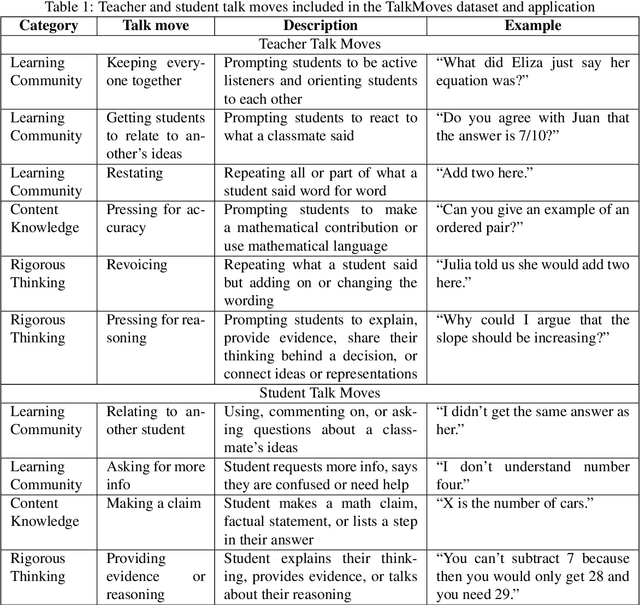
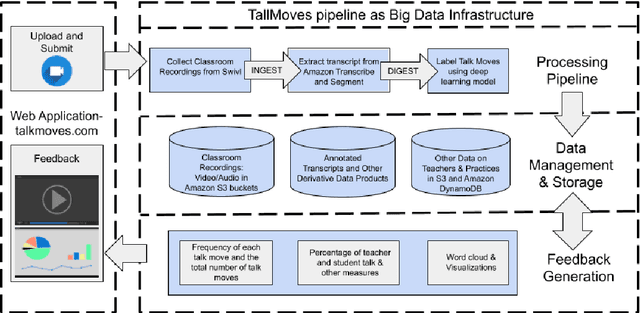
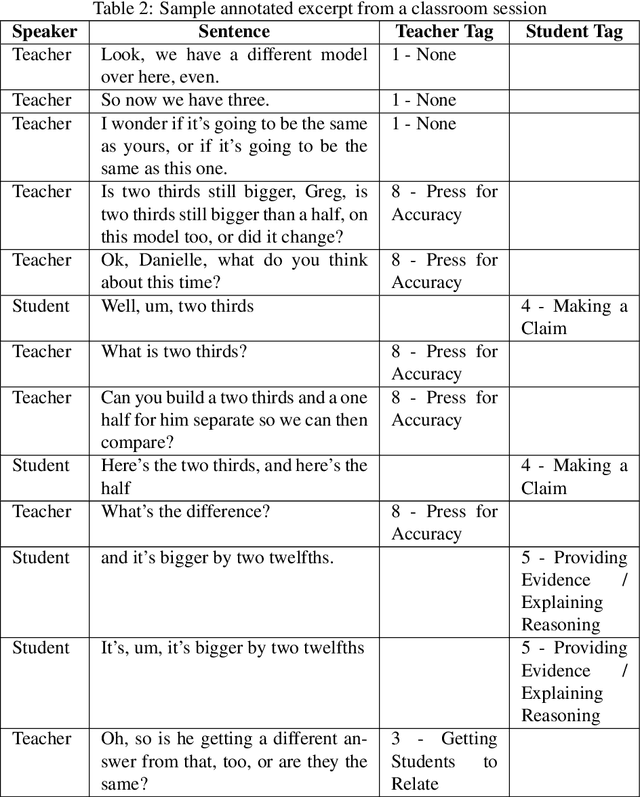

Abstract:Transcripts of teaching episodes can be effective tools to understand discourse patterns in classroom instruction. According to most educational experts, sustained classroom discourse is a critical component of equitable, engaging, and rich learning environments for students. This paper describes the TalkMoves dataset, composed of 567 human-annotated K-12 mathematics lesson transcripts (including entire lessons or portions of lessons) derived from video recordings. The set of transcripts primarily includes in-person lessons with whole-class discussions and/or small group work, as well as some online lessons. All of the transcripts are human-transcribed, segmented by the speaker (teacher or student), and annotated at the sentence level for ten discursive moves based on accountable talk theory. In addition, the transcripts include utterance-level information in the form of dialogue act labels based on the Switchboard Dialog Act Corpus. The dataset can be used by educators, policymakers, and researchers to understand the nature of teacher and student discourse in K-12 math classrooms. Portions of this dataset have been used to develop the TalkMoves application, which provides teachers with automated, immediate, and actionable feedback about their mathematics instruction.
Using Transformers to Provide Teachers with Personalized Feedback on their Classroom Discourse: The TalkMoves Application
Apr 29, 2021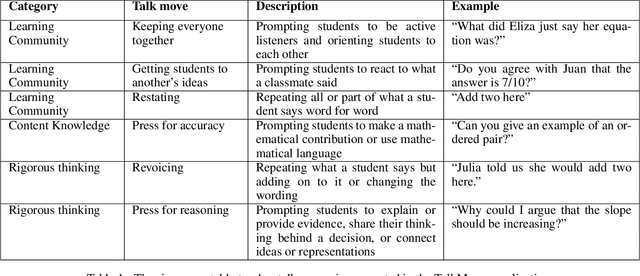
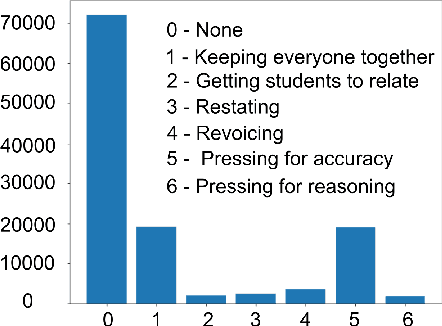

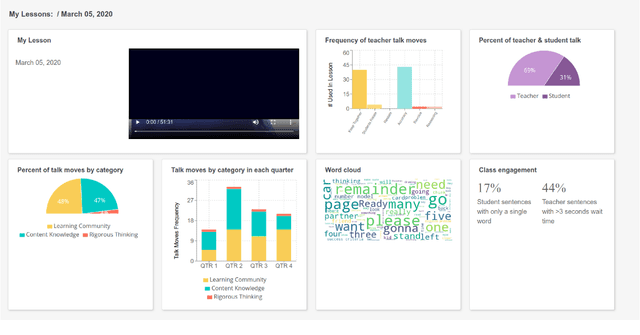
Abstract:TalkMoves is an innovative application designed to support K-12 mathematics teachers to reflect on, and continuously improve their instructional practices. This application combines state-of-the-art natural language processing capabilities with automated speech recognition to automatically analyze classroom recordings and provide teachers with personalized feedback on their use of specific types of discourse aimed at broadening and deepening classroom conversations about mathematics. These specific discourse strategies are referred to as "talk moves" within the mathematics education community and prior research has documented the ways in which systematic use of these discourse strategies can positively impact student engagement and learning. In this article, we describe the TalkMoves application's cloud-based infrastructure for managing and processing classroom recordings, and its interface for providing teachers with feedback on their use of talk moves during individual teaching episodes. We present the series of model architectures we developed, and the studies we conducted, to develop our best-performing, transformer-based model (F1 = 79.3%). We also discuss several technical challenges that need to be addressed when working with real-world speech and language data from noisy K-12 classrooms.
 Add to Chrome
Add to Chrome Add to Firefox
Add to Firefox Add to Edge
Add to Edge